
Like all living things animals undergo changes as each new generation succeeds the one that existed before. These changes are usually so small that they are difficult to see but over millions of years they can completely alter the way that animals look and behave. This process of change is called evolution and it allows animals to take advantage of new opportunities and to adapt to changes that take place in the world around them. Evolution works by changing the existing characteristics usually by a series of very small mutations. The result of these changes is that every animal is a living form of evolutionary history, which shows how different species are related to each other.
Evolution is made possible by the variations that exist with animals. It exists because animals compete with each other for the limited amount of resources that are available, space and food. Those animals with the more useful characteristics and features will survive whereas the weaker animals will find it difficult to exist. This 'weeding out' process is called selection and natural selection operates on a continuous basis. An example of this is camouflage which is a valuable aid to an animal's survival. Natural selection will ensure that any improvements that are made to an animal's camouflage are passed onto the next generation, increasing its chances of survival and also its chances of producing its young.
Adaptations such as camouflage will only last as long as they are useful. If an animal's lifestyle changes, the path of evolution will also change. This has happened with birds; some lineages have evolved the power of flight but have lost this when they have taken up life on land.
A species is any group of animals that has the ability to interbreed and under normal circumstances does not breed with another species. Speciation is the evolutionary process that brings about new animals. It usually occurs when an exiting species become spilt up into two or more isolated groups, which are kept apart either by physical barriers such as mountains and seas, or by changes in behaviour. If these groups remain separate for enough time, they manage to evolve their own characteristic adaptations and become so different that they no longer interbreed.
Speciation is hard to observe because it occurs at a very slow pace but evidence of it is easy to find. Most animals show distinct regional differences and in time these local subspecies are able to become species in their own right.
Extinction is a natural form of evolution becomes for some species to succeed, other species must fail. Since life began 99 per cent of the earth;s species have disappeared and on at least five occasions large numbers have died out in a very short space of time. The most recent of these mass extinctions was 65 million years ago when dinosaurs and other species died. However, despite such catastrophes the total number of living species has until recently, followed a generally upward trend. Today the extinction rate is increasing rapidly because of human interference in the ecosystem. Primates, tropical birds and amphibians are particularly threatened and this is likely to continue; evolution generates new species at a much slower rate than the current rate of extinction.
Unrelated animals often develop very noticeable similarities. An example of this is dolphins and sharks who are fundamentally very different but both have streamlined bodies with an upright dorsal fin, giving them speed and stability underwater. Amphisbaenians and caecilians also look very similar bur the former are reptiles and the latter are amphibians. These similarities are a result of convergent evolution, a process in which natural selection comes up with the same set of adaptations to a particular way of life. It does this by reshaping body parts or whole animals until outwardly they look the same. Convergence is responsible for a whole series of similarities in the animal kingdom. It can make the task of tracing evolution difficult which is a main reason why the details of animal classification often change.
Over millions of years animals have managed to evolve complex partnerships with each other and also with other forms of life. In one common form of partnership, called mutation or symbiosis, both species are able to benefit from this arrangement. Examples are oxpeckers and larger mammals and corals and microscopic algae. A lot of these partnerships are loose ones but some are so highly evolved that the two partners are unable to survive without each other. Partnerships may appear to be mutually beneficial but each partner is driven by self interest. If one partner is able to change the balance in its favour, natural selection will lead it to do so. The ultimate outcome of all this is parasitism, where one animal, the parasite, lives in or outside another, entirely at the hosts expense.
The present day distribution of animals is the result of many differing factors. The continental drift and volcanic activity constantly reshapes the surface of the earth. These geological activities have split up animal groups and created new habitats. One of the most important effects of this is in Australia and Madagascar which have been isolated from the rest of the world for millions of years. Here a whole range of indigenous species live, such as kangaroos and lemurs that are found nowhere else outside their native homes.
Animals are separated when continents drift apart and they are brought together when they collide. The distribution of animals is evidence of such events long after they occur. For example Australasia and Southeast Asia became close neighbours a long time ago but their wildlife remains entirely different. It is divided by "Wallaces Line", an invisible boundary that shows where the continents came together.
Andrew Tomkinson is a writer of articles on subjects about animals and their origin.
http://www.animalsrmagic.com
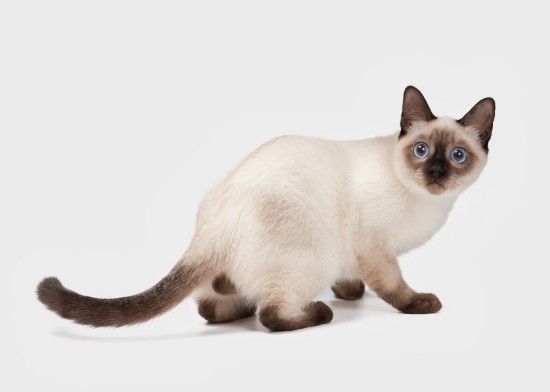 Thai Cats - The Original Descendent Of The Landrace Cats Of Thailand
Thai Cats - The Original Descendent Of The Landrace Cats Of Thailand
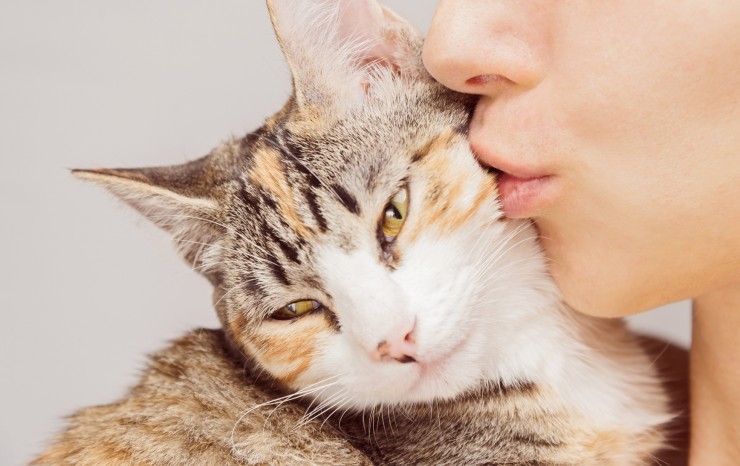 Six Top Tips For People Who Are Allergic To Cats
Six Top Tips For People Who Are Allergic To Cats
 Add Prize Wheel Fun At A Pet Adoption Day
Add Prize Wheel Fun At A Pet Adoption Day
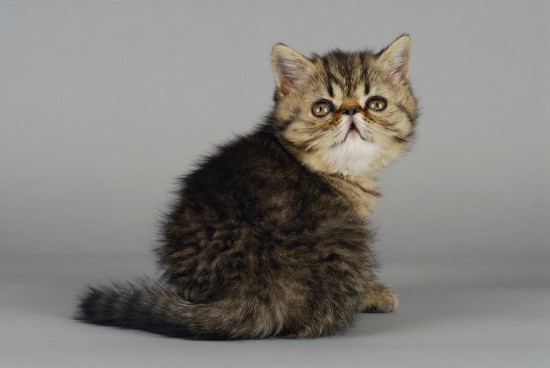 Felines With Flat Faces & Their Health Issues
Felines With Flat Faces & Their Health Issues
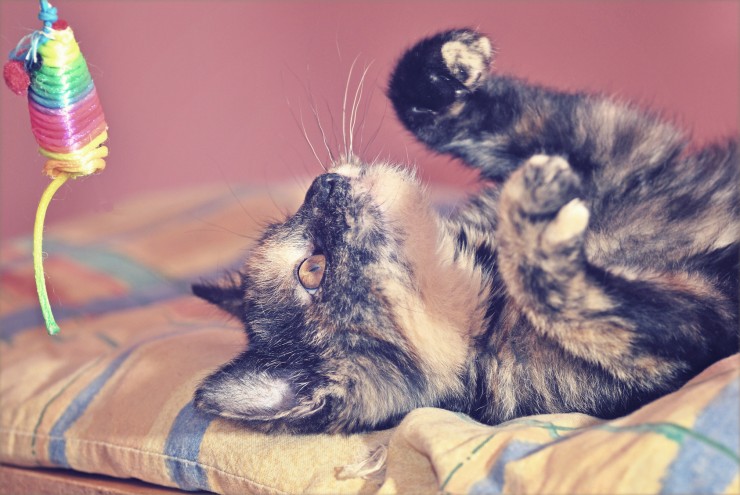 Five Reasons Why Enabling Your Cat’s Play Is So Important
Five Reasons Why Enabling Your Cat’s Play Is So Important
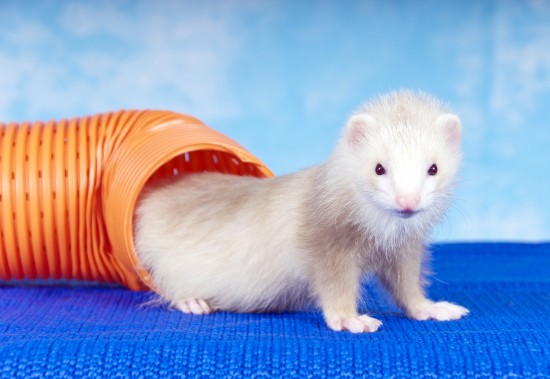 Ten Fun Games To Play With Your Ferrets
Ten Fun Games To Play With Your Ferrets
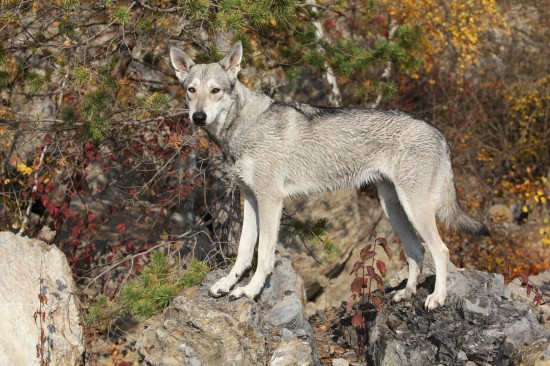 All About The Saarloos Wolfdog
All About The Saa
All About The Saarloos Wolfdog
All About The Saa
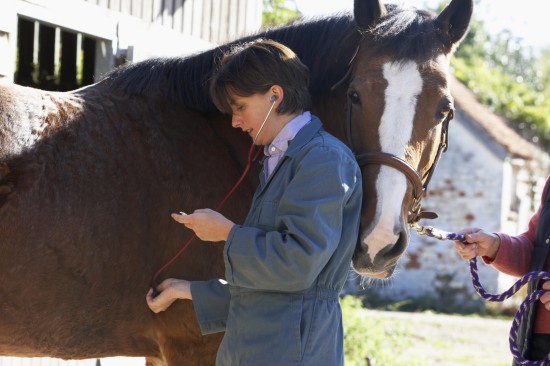 Pre-purchase Vetting A Horse Will Show Up A Heart Condition
Pre-purchase Vett
Pre-purchase Vetting A Horse Will Show Up A Heart Condition
Pre-purchase Vett
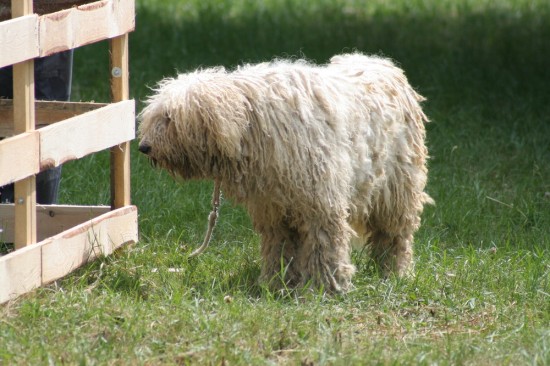 The Amazing Komondor Dog - Hungarian Sheepdog
The Amazing Komon
The Amazing Komondor Dog - Hungarian Sheepdog
The Amazing Komon
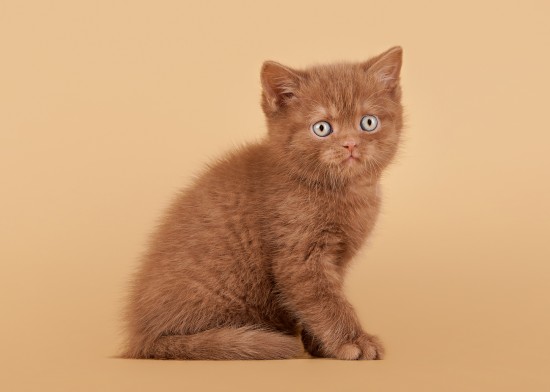 Cat Genetics Part Four - Coat Colour - The Easy Version
Cat Genetics Part
Cat Genetics Part Four - Coat Colour - The Easy Version
Cat Genetics Part
 Tips On Feeding Several Cats In A Household
Tips On Feeding S
Tips On Feeding Several Cats In A Household
Tips On Feeding S
Copyright © 2005-2016 Pet Information All Rights Reserved
Contact us: www162date@outlook.com